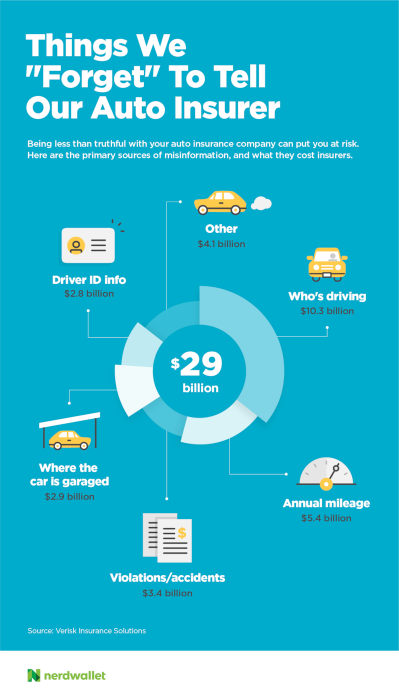Do you need that new jacket, or do you just want it really badly? Sure, you could say outerwear is essential for keeping warm in cold climates, but it’s much harder to argue that it needs to be a luxurious leather coat. Some things you need, and some you just want. But just because you don’t need something doesn’t mean you can’t buy it — as long as you manage your budget prudently.
Here’s what you should know about balancing financial needs and wants.
How to tell needs and wants apart
Financial needs are expenditures that are essential for you to be able to live and work. They’re the recurring expenses that more likely than not eat up a large chunk of your paycheck — think mortgage payment, rent or car insurance. Here’s a short list of some common expenses that fall under needs:
– Housing » MORE: How to build a budget
Wants are expenses that help you live more comfortably. They’re the things you buyfor fun or leisure. You could live without them, but you enjoy your life more when you have them. For instance, food is a need, but mochas and lattes are likely more of a want. Wants typically include things such as:
– Travel These categories are pretty standard, but wants and needs won’t be the same for everyone, says Leslie H. Tayne, founder of Tayne Law Group, a debt relieflaw firm in New York. She counsels clients in personal finance and says the concept of wants and needs can be psychological as much as financial. For example, you may need a car so you can get to work each day, but a $2,000-per-month car lease may not be realistic for your budget. Still, some would consider it a luxury they need to have. So how do you tell the two apart? “We really try to look at it from a business perspective, even though it’s a personal finance issue,” Tayne says. “Can that person live without that item? Is it absolutely necessary for the running of their household?” If it’s not a necessity, it’s a want.
» MORE: 5 steps for tracking your monthly expenses
How to prioritize needs and wants
So how do you start accounting for wants and needs in your budget? Begin by writing a list of all the things you buy, Tayne says. That means everything from toilet paper to life insurance. Then, group purchases into broad categories like toiletries, cable, phone and insurance. Divide the categories into two buckets: wants and needs. We’d place insurance and a basic phone plan under needs, but a Netflix subscription and deluxe cable package will more than likely fall under wants. Tally the totals and align your priorities. At NerdWallet, we recommend the 50/30/20 budget. If you distribute your monthly income in this fashion, you would spend 50% on needs, 30% on wants and 20% on savings and paying off debt. Plug your monthly take-home income into thisbudget calculator to determine how much you have available for each category. If your current spending is disproportionate based on the list you made, there’s good news: You can make adjustments. Here’s a simple way to start:
– Move things around. Take a close look at your categories. Some of the items you’ve indicated as needs may actually be wants, or vice versa.
– Trim spending on needs. Even if you need to pay for something, you may not need to pay as much as you’re currently paying for it. Tayne recommends calling your insurance and phone providers to ask for a discount. – Trim spending on wants. Your wants don’t have to drop out of your budget altogether, but you should consider downsizing them. For instance, stay at an affordable Airbnb on your next vacation instead of a fancy hotel. Courtney Jespersen is a staff writer at NerdWallet, a personal finance website. Email: courtney@nerdwallet.com. Twitter:@courtneynerd. The article Needs vs. Wants: How to Distinguish and Budget for Both originally appeared on NerdWallet.
– Transportation
– Insurance
– Gas and electricity
– Food
– Entertainment
– Designer clothing
– Gym memberships
– Coffeehouse drinks





















